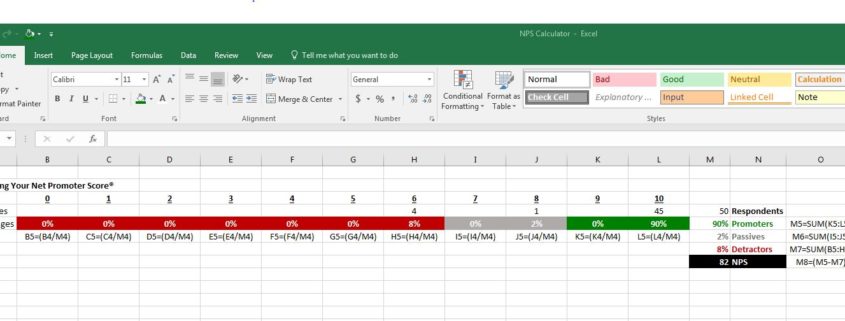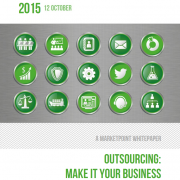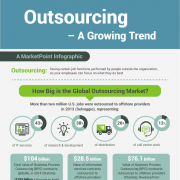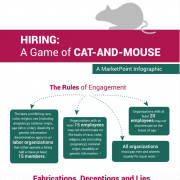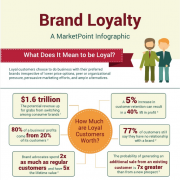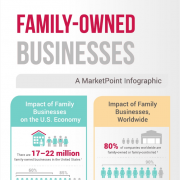Be Skeptical of High Net Promoter Scores
Recently, a “leading provider of civil and criminal justice technology solutions for public safety, investigation, corrections and monitoring” published a press release touting a Net Promoter Score of 82. If you think that’s incredible, then I think you may be on to something.
Net Promoter Scores fall anywhere within a 200-point window, from -100 to +100. They represent the cumulative result of responses to a specific question and are calculated in a very specific way. Most scores seem to fall between -30 and +40. Here’s how the process works…
A representative sample of your customers is asked “On a scale ranging from 0 to 10, where “0” means “Not At All Likely” and “10” means “Extremely Likely”, how likely is it that you would recommend [this company] to a [colleague, family member, or friend]? The total percentage of respondents who answered between 0 and 6 is subtracted from the total percentage of respondents who answered 9 or 10. (Responses of 7 or 8 are ignored.)
Assuming a sample space of 50 responses, in order to achieve a Net Promoter Score of 82, an organization would need to receive 45 responses of 9 or 10, and no more than 4 responses between 0 and 6. (One response of 7 or 8 would be ignored.) Receiving a score of at least 9 out of 10 from 90% of respondents would be pretty incredible, indeed. And a score of 82 would be particularly incredible, considering the fact that Apple’s iPhone scores a 63 and Google only scores a 38.
So, if your consultant or agency tells you that your organization has earned a Net Promoter Score over 80, how should you respond? We suggest you start by examining the places your scoring process most likely went wrong:
- Is the question worded correctly? Exactness matters. The NPS methodology does not allow for improvisation.
- How was the sample selected? The question should be presented to a random sample of your entire customer base (not your “most recent buyers” or your “regulars” or your “long-term customers” or any other subset of the entire population).
- How large was the sample size? The number of responses should be sufficient to give you a margin of error of 5% or below and a confidence level of 90%. (If your consultant or agency is unsure of those terms, you’re already in trouble.)
- Was the question delivered verbally? Even the slightest variation in delivery or tone can skew the response.
- Did the evaluator use the 11-point NPS scale?
- Were the calculations performed correctly?
- Does your consultant have a vested interest in pleasing you? That may sound silly, but clients often tell us that consultants and agencies tell them what they want to hear.
- Does the consultant claim to be wealthy, loyal, unattached, handsome, and interested in your daughter?
The point is simple. Given how quickly even a few “detractor” responses add up, NPS scores over 50 are rare. What’s more, they’re not particularly useful. True, the Net Promoter score is often cited as a measure of customer loyalty and therefore your competitive stance and your profit probability. But not everyone measures or reports their Net Promoter Scores accurately or even the same way.
Instead of looking at NPS as a system for establishing bragging rights, consider using it as a means to motivate your team to do better. So, if you get an NPS of +32 (or even -25), use your score as a starting point. What matters most to your customers and your bottom line is that you’re continually improving.

